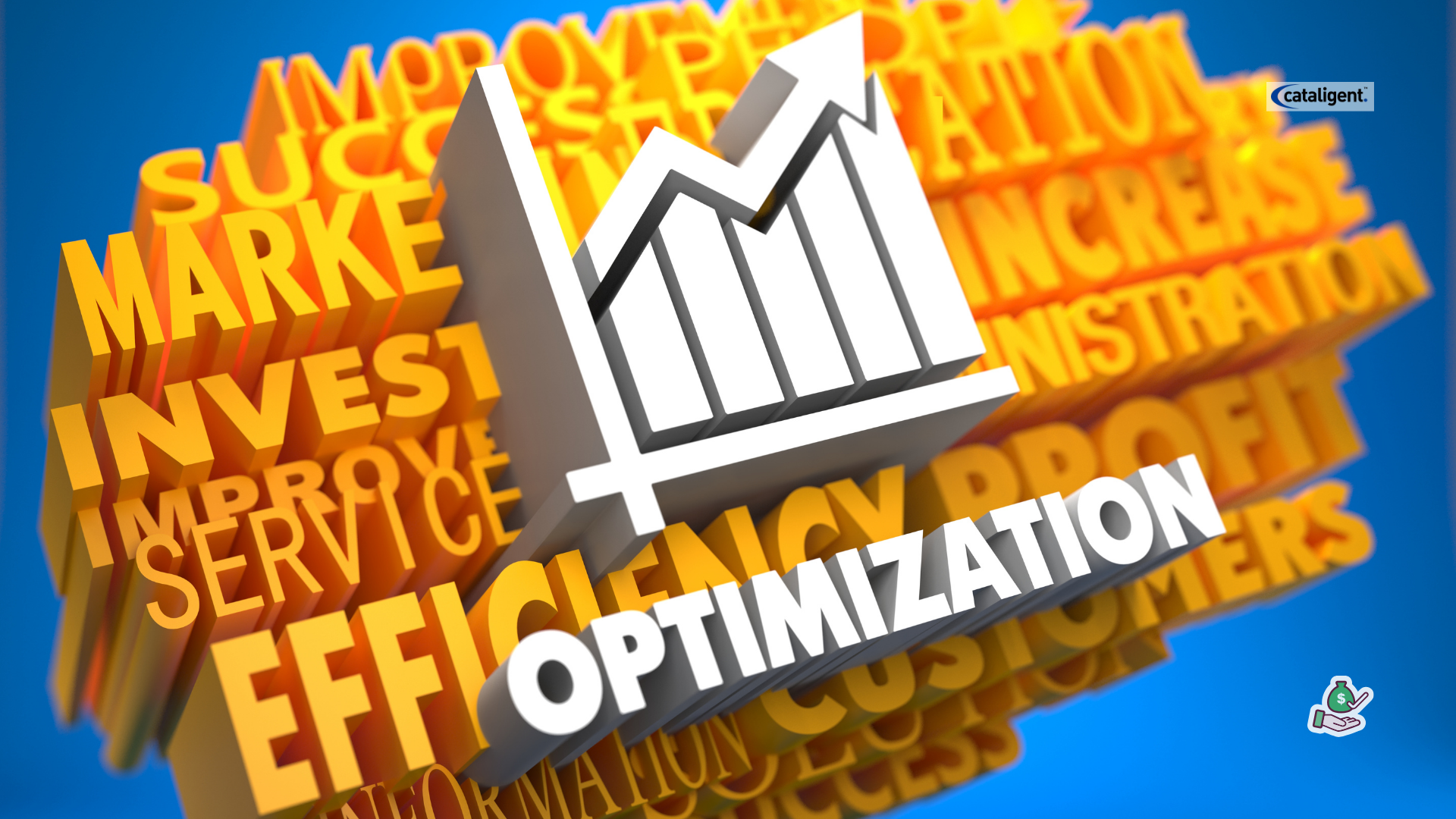Every organization faces the challenge of doing more with less. Lean resource optimization is a must-have cost-saving method that enables businesses to maximize efficiency, minimize waste, and optimize operational costs without compromising quality. By strategically managing workforce, inventory, and other critical resources, companies can achieve sustainable savings while improving overall productivity.
Understanding Lean Resource Optimization
Lean resource optimization is a systematic approach to managing resources efficiently. It focuses on eliminating redundancies, reducing idle time, and aligning resources with organizational priorities. This method is applicable across multiple dimensions, including human capital, inventory, equipment, and financial resources.
Key benefits include:
- Maximized Productivity: Ensures that each resource contributes optimally to business goals.
- Reduced Operational Costs: Eliminates waste and redundant processes.
- Better Resource Allocation: Aligns resources with critical projects, reducing bottlenecks.
- Enhanced Decision-Making: Provides insights into resource utilization for smarter planning.
- Scalable Efficiency: Adapts to business growth or fluctuations in demand.
Core Methods for Lean Resource Optimization
- Cross-Training Employees: Equip teams with multiple skills to increase flexibility and reduce dependency on specific individuals. This minimizes idle time and ensures continuity during absences.
- Resource Utilization Analysis: Continuously monitor usage of personnel, equipment, and inventory to identify underutilized resources and redeploy them efficiently.
- Inventory Optimization: Implement just-in-time inventory methods, reorder thresholds, and demand forecasting to reduce carrying costs and avoid overstocking.
- Process Streamlining: Identify redundant steps and bottlenecks in workflows, applying lean principles to reduce waste and improve efficiency.
- Performance Monitoring: Use KPIs and analytics to track resource efficiency, productivity, and cost savings across departments.
- Flexible Resource Allocation: Align resources dynamically based on project priority, seasonal demand, or business objectives.
Implementing Lean Resource Optimization Effectively
- Resource Assessment: Evaluate current resource utilization and identify inefficiencies.
- Prioritize High-Impact Areas: Focus optimization efforts where savings and productivity gains are greatest.
- Adopt Lean Tools: Use digital tools, automation, and analytics to monitor and manage resources effectively.
- Continuous Improvement: Regularly review resource allocation and workflows to identify further optimization opportunities.
- Employee Engagement: Involve teams in identifying inefficiencies and implementing solutions to ensure buy-in and effectiveness.
Business Impact of Lean Resource Optimization
- Reduced Costs: Eliminating waste and underutilization directly lowers operational expenses.
- Improved Productivity: Employees and resources contribute effectively to business outcomes.
- Enhanced Agility: Dynamic resource allocation allows businesses to respond quickly to changing demands.
- Data-Driven Decision Making: Real-time insights enable proactive planning and smarter allocation.
- Sustainable Growth: Optimized resource usage supports scalability and long-term business resilience.
How Cataligent Supports Lean Resource Optimization
Cataligent empowers businesses to implement lean resource optimization through its comprehensive services and CAT4 platform. By combining workflow automation, analytics, and strategic consulting, Cataligent enables organizations to maximize resource efficiency and achieve measurable cost savings.
- Resource Planning and Allocation: Cataligent ensures optimal deployment of personnel, equipment, and financial resources.
- Analytics and Dashboards: Monitor resource utilization, identify inefficiencies, and track savings in real time.
- Process Optimization: Streamline workflows to eliminate redundancy and enhance productivity.
- Cross-Functional Insights: Provides visibility across departments to enable informed resource management decisions.
- Secure and Scalable Solutions: Supports cloud and on-premises deployment with enterprise-grade security.
By leveraging Cataligent’s expertise, organizations can turn lean resource optimization into a strategic cost-saving method, ensuring resources are aligned with business priorities and operational efficiency is maximized.
Conclusion
Lean resource optimization is a must-implement cost-saving method that enables organizations to maximize the value of every dollar spent. By focusing on workforce efficiency, inventory control, and process improvement, businesses can achieve significant operational savings while maintaining high performance standards. Platforms like Cataligent provide the tools, analytics, and consulting expertise necessary to implement lean resource optimization effectively. Embracing these methods ensures organizations can reduce costs, improve efficiency, and position themselves for sustained growth and competitiveness.

